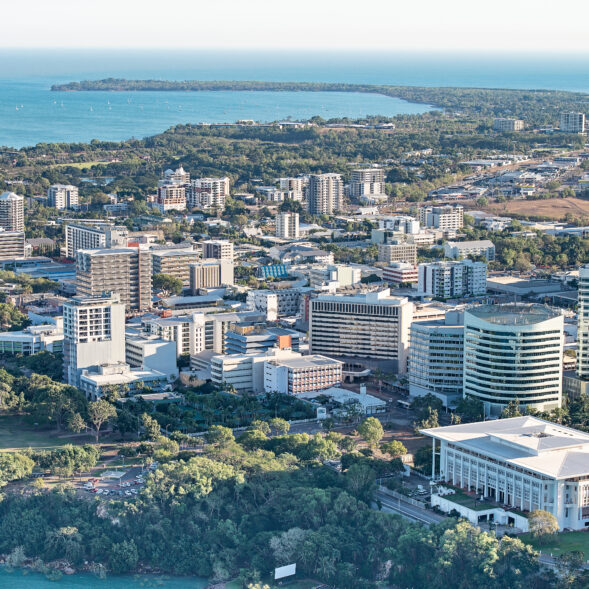The first half of 2023 saw price gains across most capital cities and while the discussion of a rebound has filled some circles, there are significant headwinds expected through the second half of the year that have the potential to make any recovery short-lived.
The RBA left rates on hold in July, but their comments included a desire to observe how previous increases were affecting the market. Despite this wait-and-see approach, most commentators believe there are more rate rises to come in the near term.
This position aligns with major lenders who have recently flagged increasing stress among their borrower cohorts. There has been a lot of discussion around the number of borrowers coming off attractive fixed-rate loans and onto significantly higher variable rates throughout 2023. Perhaps the impact will not be as immediate as some had predicted given borrowers have already demonstrated their resilience. It does beg the question, however, as to how long they can hold on at these new rates and with the threat of further imminent rises. The lag effect of interest rate increases may not just be the time taken for the new rates to be implemented by lenders but also how long stressed homeowners can stay liquid after the shock of this rate rise cycle. This may also escalate if we see any significant increases in unemployment over the next six to twelve months.
Signs of stress in mortgage borrowers are being closely watched including via reduced savings and spending, increasing arrears and through increased property listings. Throughout the second half of the year, new listings may become a key metric to watch as they’re currently below long-term averages. If we see increases – particularly in certain geographic or market sectors – this could lead to sharper declines in values. While the tight rental market may help absorb listings, buyers will continue to see their purchasing power diminish with higher rates impacting serviceability requirements.
Property values have their challenges ahead, however, the continued rental shortage across most capital cities won’t be resolved in the short term and it’s causing real impacts on both tenants and CPI (inflation). Rental price increases are putting pressure on tenants. Calls for greater tenant protections are likely to amplify and rising interest rates will continue to put pressure on mortgaged landlords to pass these costs onto tenants.
Increasing supply initiatives such as affordable housing projects and converting commercial buildings into residential will not provide any immediate relief. As policy makers continue to look for short-term solutions to the rental shortage, we expect to see more focus on short-stay rentals and vacant investment properties… particularly within metro localities. Policy changes in these areas would seek to disincentivise short-term usage or vacancies and aim to push this stock back into the long-term rental market. Whilst these types of initiatives in isolation won’t solve the problem, they may provide opportunities to demonstrate progress against a backdrop of growing public concern. That said, they may well disincentivise investors away from residential property too – not something we want in these tight markets.
All-in-all, the next phase of our post-pandemic economy has created a precarious remainder of 2023 for the residential property market.
Ben Esau
National Director of Residential








